Brief History Of Badminton
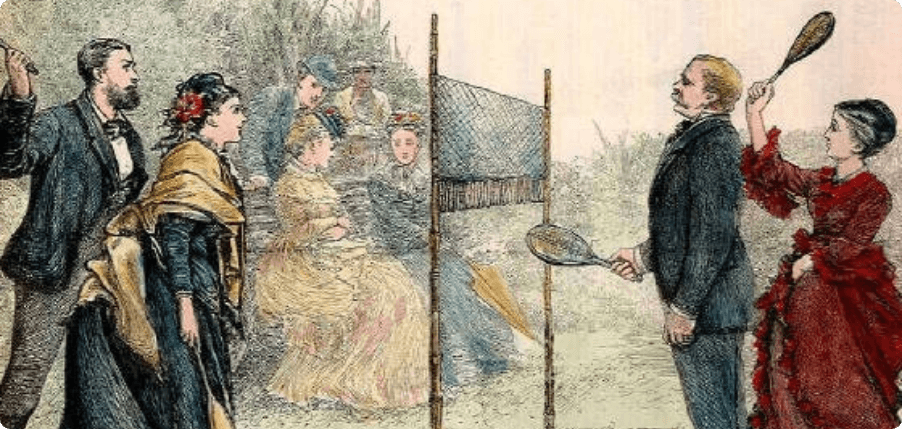
Brief History Of Badminton
Written By: Mr. Uday Sane, BAC Referee & Ex-BWF Certified Technical Official.
October 2, 2020
The Origins:
Many of us are familiar with the evening scene of kids and grown-ups waving racquets across a hurriedly strung net in an open space, white boundaries with chalk powder and shouts of ‘luv-all’. Badminton is a much-loved sport in India. Behind this sport is a rich, incredible history which is just as interesting!
The sport saw multiple names throughout the origin of the word badminton and growth-shuttlecock, game of battledore, the Poona game. The roots of the game can be traced to multiple parts of the world- ‘battledore and shuttlecock’ drawn from ancient Greece, where players hit the shuttlecock between them and kept it from falling to the ground.
The game has an interesting origin in India. In the late 1800s, when Britain occupied India, a group of tired soldiers in Khadki (then Kirkee near Pune, Maharashtra, India) looking for relaxation wound up making a shuttle-like object with cork (wine bottle caps) and feathers and voila! They spent their time passing it back and forth, giving rise to badminton in its oldest form. The sport then gathered so much popularity that the first rules were formulated in Pune, and the game was called ‘the Poona game!’
From there, the game travelled far and wide as the British officers introduced it to Britain and the Commonwealth. The ninth Duke of Beaufort, Henry Somerset was fascinated by the game, and it was named Badminton, after his Country Estate.
The Royal families took interest in the game, which saw patronage even amongst the ladies, who played it indoors. By the end of the 19th Century this sport garnered interest and appreciation. This led to elaborate and improved rules, regulations, court demarcations and popular public events. As the British Empire expanded, it had a similar effect on the sport which grew rapidly in the Commonwealth countries.
Not many would know that Badminton in the present form was not popular at all in the southern part of india in the 60s and 70s. There was another sport called BALL BADMINTON which was more popular in the south during those days. If you just said Badminton in those days, it meant BALL BADMINTON. To differentiate between these two sports, it was called SHUTTLE BADMINTON in the south. That was how popular badminton was in those days. We have come a full circle since then and the game is now most popular in the southern states of India.
What a turn around!
Prakash Padukone
From a game to a sport:
From being widely played in elite groups, the game grew in popularity. The Pune rules of the 1870s gave way to the Bath badminton club, which devised newer regulations to the game in 1887. These were further improvised and the Badminton Association of England, the national body for badminton in England published the formal rules in 1893. The sport was thrown open to a wider population through multiple badminton Championships throughout the early 1900s. The first All England Open Championship was held in 1899. This is the world’s longest standing tournament till date!
In two decades, 300 badminton clubs existed in England which further blossomed into 9,000 when World War II ended, in the British Isles alone.

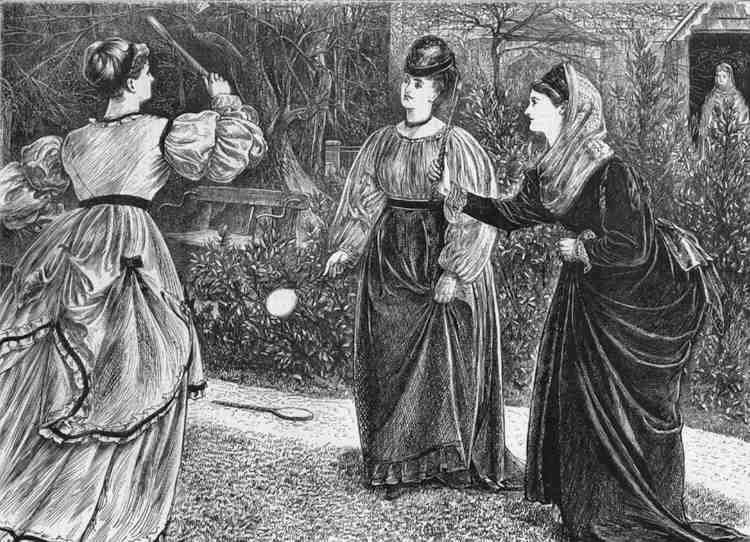
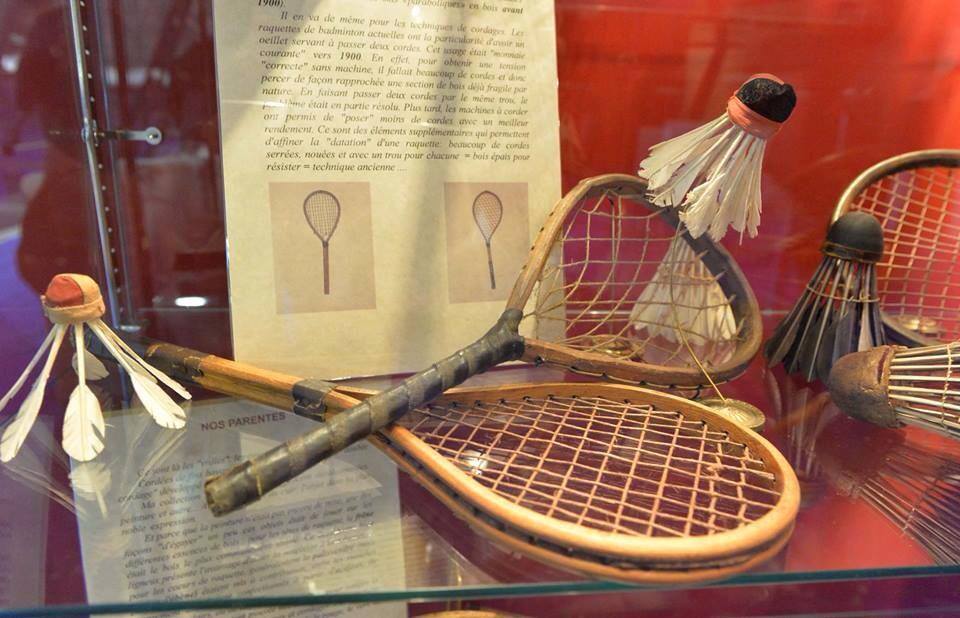
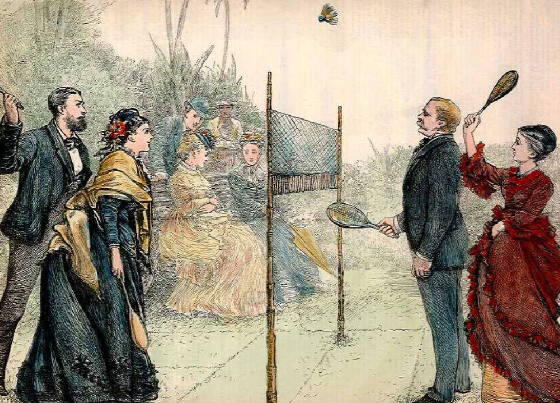
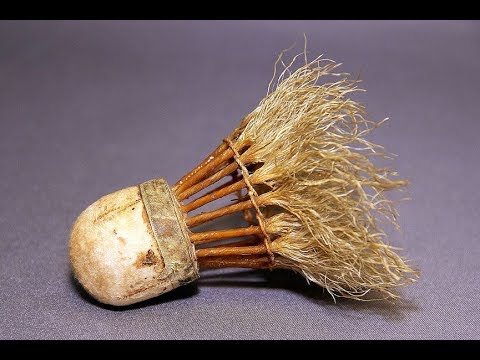
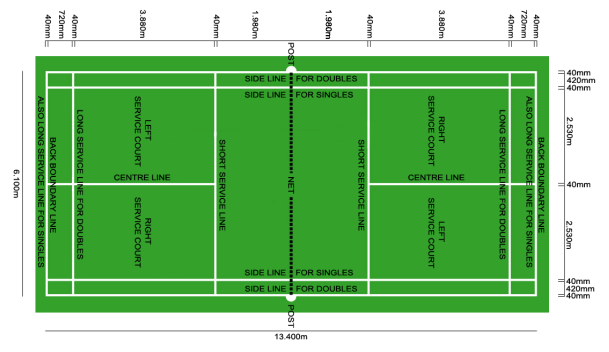
England and Beyond:
From the England championships, support for the sport widened with nine founding members associations together establishing the International Badminton Federation (IBF) on 5th July 1934. India joined in the year 1936. The IBF, now known as the Badminton World Federation (BWF) still governs the international sport.
In the aftermath of the World war, dwindling resources experienced worldwide post WWII hit the sport too, with reduced manufacturing. The game bounced back in its true spirit, with the first International Men’s competition – the Thomas Cup held in 1948-49, the trophy presented by Sir George Allan Thomas, after whom the Cup is named. The women’s equivalent to the Thomas Cup is The Uber Cup, an International Badminton Championship competition introduced in 1956-57.
The BWF world championships were first held in 1977, where the first ever ‘world champions’ in badminton were crowned! The BWF was hugely successful in promoting the sport, with innovative strategies and events like the World Badminton Grand Prix Finals (introduced in 1983), an annual event to identify the best badminton player of the year.
The game flourished over the years, and was finally given a huge boost through its inclusion in the Barcelona Olympics in 1992. Though the game was demonstrated for the first time at the Munich Olympic Games in 1972, it took twenty long years for badminton to be included as an Olympic sport.
Badminton is now played in several formats, men’s and women’s singles, men’s and women’s doubles and mixed doubles; the World championship for all these formats as a single event together also emerged in the form of the Sudirman Cup, first held in the year 1989.
Rally of Badminton in India:
Since badminton originated in India, it enjoyed wide popularity in the Indian elite in the 1930s. Mr. Vijay Madgaonkar won the first ever Indian National championships held at Calcutta (Now Kolkata) in 1934.
In India, the sport has since seen many stalwart players like Nandu Natekar, Dinesh Khanna, Suresh Goyel, Dipu Ghosh, Prakash Padukone, Romen Ghosh, Devinder Ahuja, Syed Modi, Partho Gangully, Rajiv Bagga, Pullela Gopichand, P Kashyap, Sai Praneeth, Prannoy and many more.
Badminton also saw star women players such as Meena Shah, Damayanti Tambe, Shobha Murthy, Ami Ghia Shah, Kanwal Thakur Singh, Madhumita Goswamy Bisht, Manjusha Pavangadkar, Aparna Popat, Saina Nehwal, Jwala Gutta, Ashwini Ponappa, P V Sindhu and the likes.
Badminton gained pace and popularity in the country in the late 20th century, with Padmashri Prakash Padukone as the first Indian to win the All England championships and rank world number one in 1980. This event marked a red-letter day in the history of badminton in India. Pullela Gopichand was the second Indian to win the All England Championships in 2001. With the spring of serious talent making their mark on international arenas, badminton gained momentum as a serious sport in the early 2000s.
2008 saw the world champion in Saina Nehwal in the Junior World Championship held in Pune. She went on to win twenty-four international tournaments in the next decade. The Indian flag flew high at the Rio Olympics in 2016, with P V Sindhu bagging the Silver Olympic medal. She went ahead to strike Gold in the 2019 World championship.
Bigger prize money, rich cash awards and sponsorship characterize badminton today. Badminton in its current avatar is a sought-after sport with rich more avenues for enthusiasts to take up the game as a hobby, passion or profession.
